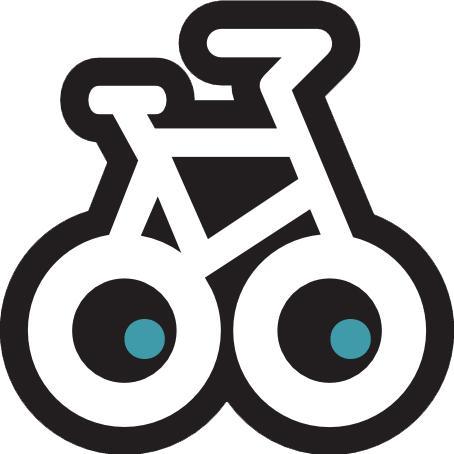
Alice Ramsey and Co.
I’ve been doing a lot of research covering the history of the United States’ highway system these days (yes, by choice, and yes, it is actually interesting). At the beginning of the 1900s, the automobile was something of a novelty—a form of entertainment perhaps every bit as much as it was transportation. This was mostly because automobiles were new technology, and partly because the lack of roads,. Outside of town (and even in town paved roads were rare) driving was mostly cross-country. There wasn’t a coast-to-coast paved highway in America until 1936, and up until then it was quite an accomplishment to be able to say that you had successfully driven across the country. There were about 9 attempts to drive across the country in the first decade of the 20th century. The first recorded attempt was made by Dr. Haratio Jackson, his chauffer Sewall Crocker, and their dog Bud. (Ken Burns made a great documentary on PBS called Haratio’s Drive, I hear its available on Netflix) There were many women who made the trip too. Maud Younger, a prominent suffragette made the voyage solo in 1920—and without corporate sponsor. Alice Ramsey was another famous female transcontinental driver. She packed up a couple of her girlfriends and took off toward New York City. Though she was followed by a truckload of menfolk, Alice drover her vehicle the whole way, and did her own mechanics. Even Emily Post drove cross-country, she wrote about it in her memoir, Veil, Duster, and Tire Iron.

Driving across the country was dependent on the gumption, mechanical skill, and ingenuity of the driver— there were few towns, no cell phones, no internet, no Walmarts or McDonalds, and incomplete maps to top it off. Imagine an early 1900s motor carraige driving cross-country chitty-chitty-bang-bang style through Mojave or the Rockies and you can conjure up a fairly good mental image of the difficulties. It took an average of 40-60 days to make the 3,000 mi. or so drive, which is about what it takes to ride a bike coast-to-coast today. A great book on this topic is Asphalt and Politics by Thomas Karnes, I highly recommend it (there are pictures!).
Click on these pictures to read more.

Maud Younger lookn’ a bit crazy
Also, If you’d like to pledge us a penny-per-mile to fund healthcare through Watsi (and certainly more if you’d like) go ahead and click the “pledge” button right above this page!








